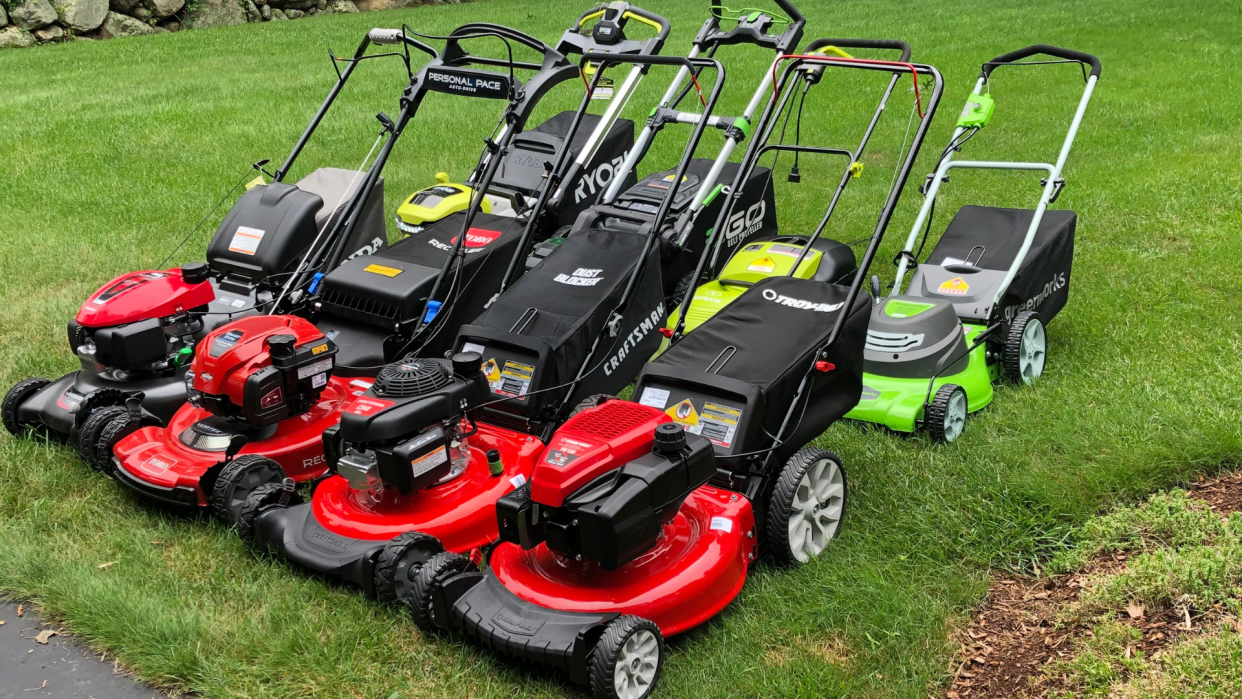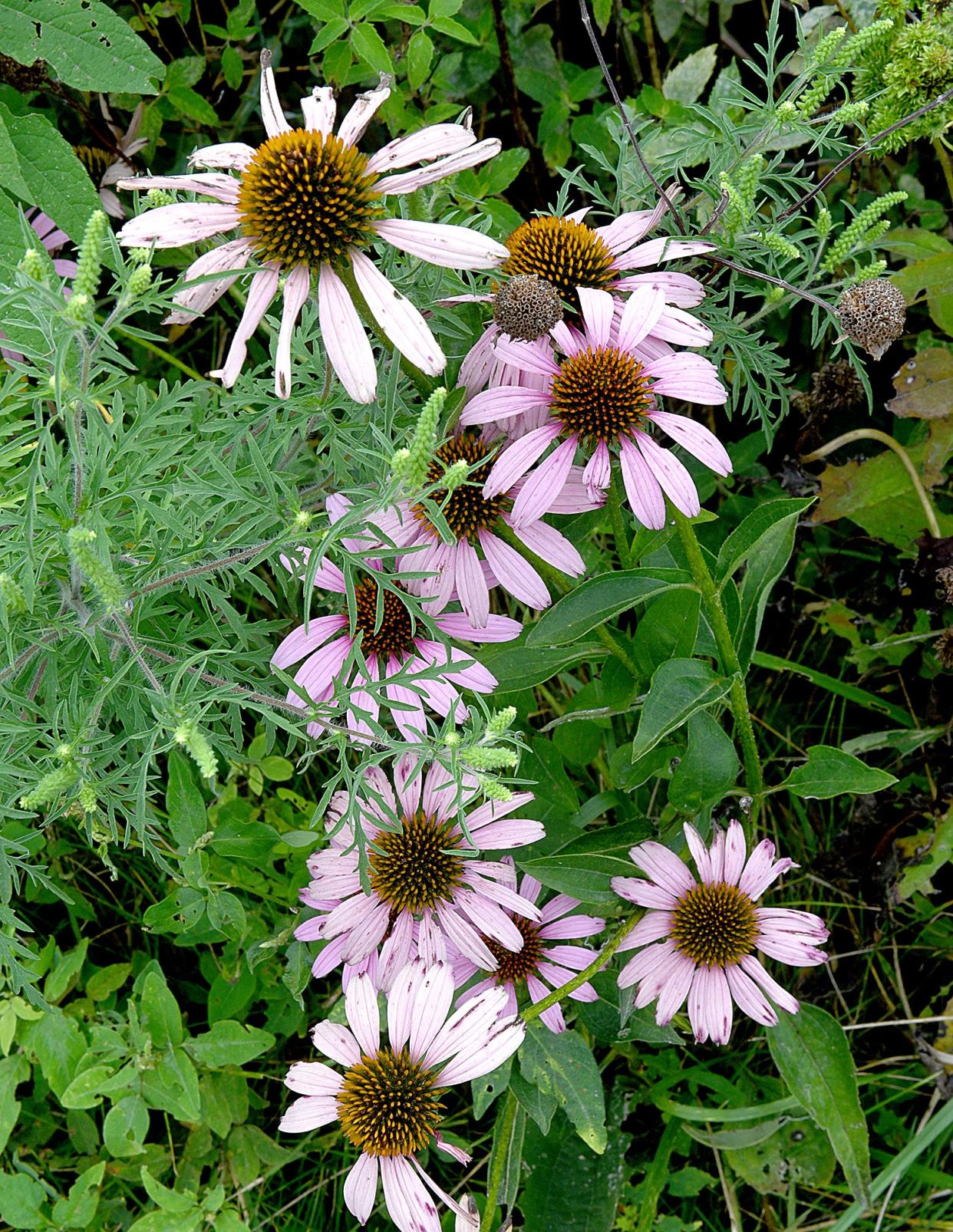Does 'No Mow May' really help insect populations? Learn more about its effectiveness

Have you ever heard of "No Mow May"?
It's a movement where people are encouraged to skip mowing their lawns in May to help insects like bees and butterflies. The idea is this: by letting your grass grow longer, you provide a better habitat for these important pollinators.
But does it really work?
Insects in trouble
Scientists have been sounding the alarm about the decline in beneficial insect populations for years. Studies show that many species of bees, butterflies, and other pollinators are in serious trouble. Factors like habitat loss, pesticide use, climate change, and pollution are all contributing to their decline.
For example, a study published in the journal Science found insect populations are decreasing at an alarming rate, with some areas experiencing declines of over 40%. This is a major concern because these insects play crucial roles in pollinating plants, which is essential for food production and healthy ecosystems.
The truth about lawns
Let's start by looking at what most lawns are like. Lawns are often made up of just a few types of grass and not much else. This lack of diversity means they don't offer a lot of food or shelter for insects.
So even if you let your grass grow for a month, you're not creating a paradise for pollinators. The flowers that might pop up in your lawn are usually few and far between, and they don't provide the variety of food that insects need.
Research shows the mere presence of flowers is not enough; the type of flowers matters much more.
Many lawns, even if left unmowed, produce flowers that are not particularly rich in nectar or pollen. For example, common lawn flowers like dandelions and clover might offer some resources, but they are not sufficient to sustain a diverse insect population over time.
Scientists have looked into "No Mow May" to see if it really makes a difference. Truth is, there's little evidence to support the idea that it significantly helps insect populations. Lawns, even when unmowed, are still pretty sterile environments compared to natural habitats like meadows or forests.
In addition, not mowing in May risks giving people the idea that they are helping when, in fact, there are many better ways to help in practical ways.

What can you do to help insects?
If you really want to help insects, there are better ways to do it. Here are some ideas:
Plant native flowers: Native plants are the best food sources for local insects. Try planting a variety of flowers that bloom at different times of the year to provide a constant food supply.
Create a wildflower meadow: If you have space, consider converting part of your lawn into a wildflower meadow. This type of habitat is rich in plant diversity and provides excellent resources for insects.
Avoid pesticides: Pesticides can be harmful to insects. Try to use natural pest control methods instead.
Leave leaf litter and logs: Insects need places to live and hide. Leaving some leaf litter, twigs, and logs in your garden can create great habitats for them.
Build a bug hotel: You can make a simple bug hotel by stacking different natural materials like bamboo, straw, and wood. This provides a safe place for insects to live and lay eggs.
While "No Mow May" might sound like a good idea, the evidence suggests it's not very effective in helping insect populations. Lawns simply don't offer the diversity that insects need to thrive.
And remember, even if you are not a big insect fan, you are probably a big fan of food! We need a healthy insect population to feed us humans!
Instead, consider planting native flowers, creating a wildflower meadow, and avoiding pesticides. These actions can make a real difference in supporting the insects that are so important to our ecosystem.
Mike Szydlowski is a science teacher and zoo facilitator at Jefferson STEAM School.
TIME FOR A POP QUIZ
What is the main idea behind "No Mow May"?
Why are beneficial insect populations declining?
What is the problem with the typical lawn environment for insects?
What does research say about the effectiveness of "No Mow May"?
What are some better ways to help insect populations than participating in "No Mow May"?
LAST WEEK'S QUIZ ANSWERS
What is siblicide, and why do some animals engage in this behavior?
Siblicide is the act of killing one's own siblings, often observed in animal species as a behavior driven by competition for resources such as food or parental attention.
What is brood parasitism, and how do common cuckoos use this strategy?
Brood parasitism is a behavior where one species lays its eggs in the nest of another species, leaving the host to incubate the eggs and raise the resultant offspring.
How does infanticide benefit a new male lion when taking over a pride?
When a new male lion takes over a pride, he often commits infanticide, killing the previous leader's cubs. This strategy speeds up the return to fertility of the lionesses, allowing him to sire his own offspring and spread his genes.
Describe how black walnut trees use allelopathy as a survival strategy.
Black walnut trees use allelopathy, a method where they release a chemical compound called juglone, which inhibits the growth of surrounding plants. This reduces competition for water and nutrients.
What is self-thinning in plants, and how do sugar maples demonstrate this behavior?
Self-thinning is a process where weaker seedlings naturally die off, reducing competition among the remaining seedlings for essential resources like sunlight and nutrients.
This article originally appeared on Columbia Daily Tribune: Does 'No Mow May' really help insect populations? Here's what to know




